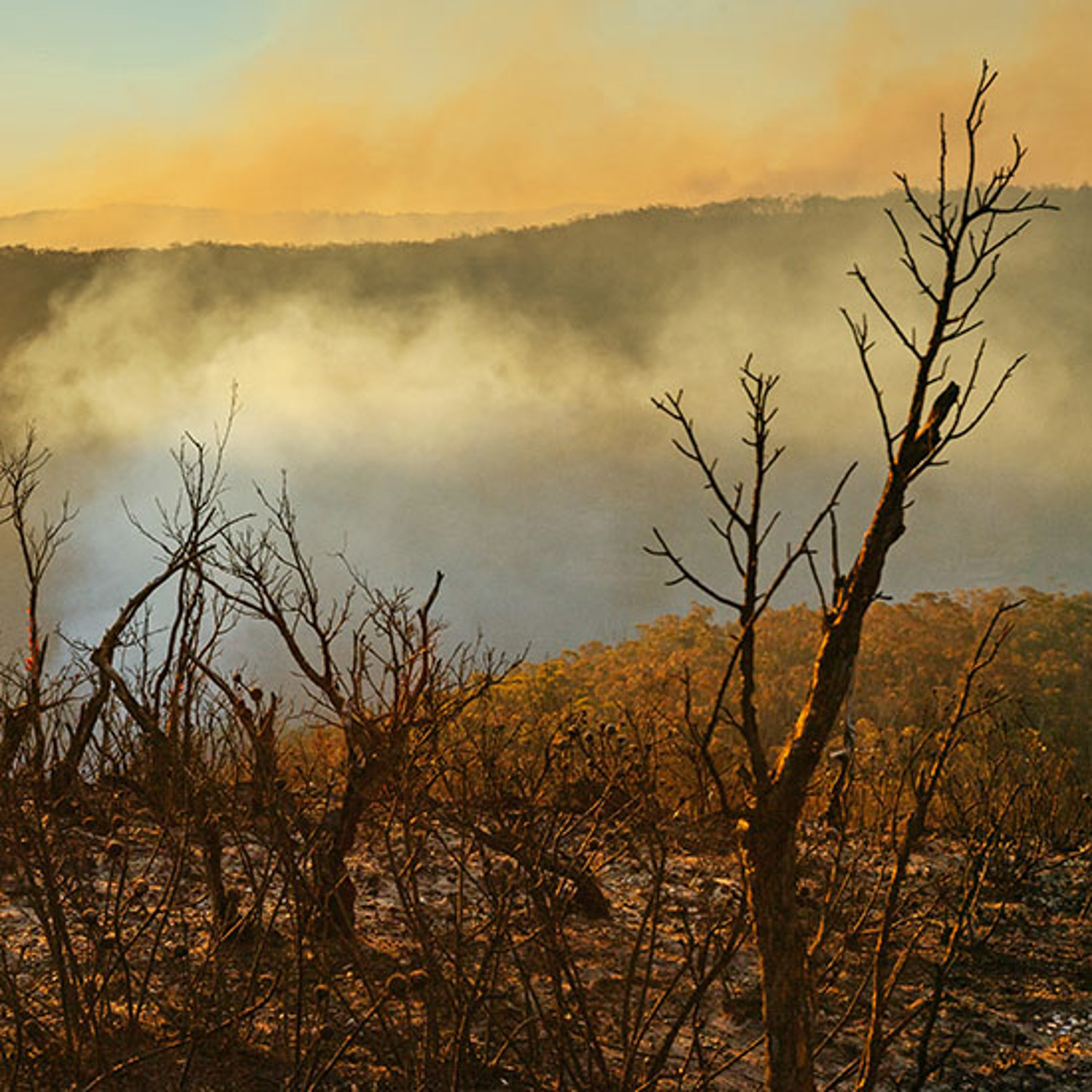Hot and dry, with a greater chance of bushfires – welcome to an El Niño spring and summer.
An El Niño, along with a positive Indian Ocean Dipole, has been officially declared by the Australian Bureau of Meteorology. It comes on the back of three consecutive La Niña events and is likely to be amplified by a changing climate. University of the Sunshine Coast experts are available to discuss the likely impacts of this weather phenomenon on our lifestyles, marine life and beaches.
Surf and beach erosion – Associate Professor Javier Leon, Physical Geography
The good news is that during El Niño events, the chances of tropical cyclones are much lower. Dr Leon says the potentially drier conditions and less likelihood of major damage and flooding from strong winds, high seas and heavy rains should give South East Queensland beaches a chance to replenish after three years of wet weather damage. “In terms of coastal management, it is a great time to monitor how sediment returns to coastal systems and prepare for the next cycle.” Read full story here.
Understanding El Niño – Dr Adrian McCallum, Geotechnical Engineering
Dr McCallum, who lectures in weather and climate at UniSC, is available to give a general explainer on this natural climate phenomenon that is typically declared after unusual warming of surface waters in the central and eastern tropical Pacific Ocean. What influence will a positive Indian Ocean – another dry-weather climate driver – have in combination with El Niño?
Feeling the heat – Dr Silvia Tavares, Urban Design
With warnings to expect a very warm, dry spring followed by a long, hot summer, Senior Lecturer in Urban Design and Town Planning Dr Tavares says coping with the extreme heat will be a challenge, particularly in urban areas. Temperatures intensify in cities through the heat island effect where hot air reflects off impermeable surfaces and is trapped among denser buildings. Dr Tavares can discuss how urban design and planning can help keep cities cooler.
In hot water – Professor David Schoeman, Global-Chance Ecology
In recent months, the ocean has been getting hotter – reaching temperatures never recorded before. El Niño is likely to lead to further warming. Professor Schoeman, who helped coordinate the latest UN climate assessment on the ocean, says potential sea rises and marine heatwaves across Australia could devastate marine ecosystems and cause bleaching on coral reefs.
Media enquiries: Please contact the Media Team media@usc.edu.au

